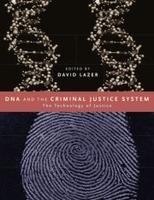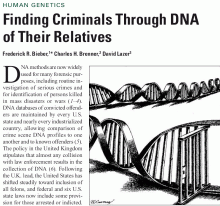
The developments in genetics have posed particular policy challenges in a variety of areas in our society. One of the earliest areas to be affected has been criminal justice, because of the durability and polymorphism of genetic material.
Biological material left at a crime scene (e.g., a rape) can thus be remarkably powerful for investigations and in trials. The application of this technology has, for example, led to close to 300 exonerations, as well as thousands of investigatory leads from databases in the US. DNA thus presents a series of policy challenges, from how to learn from errors of the past that DNA has uncovered, to dealing with the potential threat to civil liberties, to the practicalities of how to manage a new and powerful technology within the criminal justice system.
I have edited a book on this subject, which lays out a wide array of perspectives. Probably the work that has received the most attention is a paper evaluating the potential of using existing DNA databases for the identification of relatives of those in the databases as potential suspects. I have also coauthored with FrederickBieber a number of op eds, including on the lessons to be learned from the wrongful conviction of Dennis Maher in Massachusetts, on the use of DNA to identify suspects through their relatives’ DNA, and concerns raised by a DNA dragnet in Massachusetts, and the issues raised by the identification of a suspect in a serial murder case in California.
